Get The Article
- Article PDF
- PLOS Mental Health Article
Cite This Work
- APA
- MLA
- Bibtex
Simonian, N., Johnson, M. A., Lynch, C., Wang, G., Kumaravel, V., Kuhn, T., Schoeller, F., & Reggente, N. (2025). Contrasting cognitive, behavioral, and physiological responses to breathwork vs. naturalistic stimuli in reflective chamber and VR headset environments. PLOS Mental Health., 2(3), e0000269. https://doi.org/10.1371/journal.pmen.0000269
Simonian, Ninette, et al. “Contrasting cognitive, behavioral, and physiological responses to breathwork vs. naturalistic stimuli in reflective chamber and VR headset environments.” PLOS Mental Health., vol. 2, no. 3, Mar. 2025, p. e0000269, doi:10.1371/journal.pmen.0000269.
@article{Simonian_Johnson_Lynch_Wang_Kumaravel_Kuhn_Schoeller_Reggente_2025, title={Contrasting cognitive, behavioral, and physiological responses to breathwork vs. naturalistic stimuli in reflective chamber and VR headset environments}, volume={2}, url={https://doi.org/10.1371/journal.pmen.0000269}, DOI={10.1371/journal.pmen.0000269}, number={3}, journal={PLOS Mental Health.}, author={Simonian, Ninette and Johnson, Micah Alan and Lynch, Caitlin and Wang, Geena and Kumaravel, Velu and Kuhn, Taylor and Schoeller, Félix and Reggente, Nicco}, year={2025}, month=mar, pages={e0000269} }
The newest study from the Institute for Advanced Consciousness Studies has found that anxiety-reducing experiences created in a novel “reflective chamber” environment called the MindGym can be successfully translated to more accessible virtual reality (VR) formats without losing their effectiveness. This finding opens up new possibilities for making anxiety management tools more widely available to those who need them.
The Challenge of Anxiety Management
With anxiety affecting nearly 20% of adults globally and existing treatments facing limitations like side effects and relapse potential, there’s an urgent need for innovative approaches. Traditional anxiety interventions, while beneficial, often face accessibility challenges – particularly in urban environments where access to natural settings for stress relief can be limited.
A Tale of Two Technologies
We compared two different approaches to delivering calming experiences: the MindGym, a chamber with reflective walls and programmable LED lighting, and an Oculus VR headset. We tested these platforms using two types of anxiety-reducing content: a guided breathwork exercise and naturalistic rain sounds. The study involved 126 participants, where we measured motion sickness, anxiety, valence, arousal, mindfulness, mood, cognitive performance, and physiological responses like heart rate and breathing patterns.

Results
Contrary to expectations, both the MindGym and VR platforms proved equally effective at reducing anxiety. This was particularly noteworthy because the VR experience was actually a recording of the MindGym environment rather than a fully interactive virtual space. The study found significant improvements across all conditions in:
– Cognitive performance
– Anxiety reduction
– Overall mood
– Breathing patterns (especially in the breathwork conditions)
Individual Differences Matter
Interestingly, the research revealed that personal characteristics played a significant role in how people responded to the interventions. People who scored higher on measures of “absorption” (the tendency to become deeply engaged in experiences) reported stronger feelings of awe and ego dissolution. Additionally, more open-minded individuals showed greater anxiety reduction during breathwork sessions compared to rain sound sessions.
What’s next?
The study’s findings are exciting because they suggest that effective anxiety-reducing experiences can be created in specialized environments like the MindGym and then successfully adapted for more accessible VR platforms. This could lead to the development of widely available, standardized anxiety management tools that maintain their therapeutic effectiveness across different delivery systems.**
Current Limitations and Future Directions
While the immediate effects were promising, the benefits didn’t last long-term – follow-up measurements a week later showed anxiety levels had returned to baseline or higher. This suggests that regular practice or multiple sessions might be necessary for sustained benefits. Future research will focus on developing more complex, immersive experiences and investigating how these interventions might work for different types of anxiety.
The research represents an important step forward in making effective anxiety management tools more accessible to the general public, potentially bridging the gap between traditional therapies and the growing need for accessible mental health solutions. As we continue to face increasing mental health challenges globally, such technological innovations offer hope for more widely available and effective anxiety interventions.


